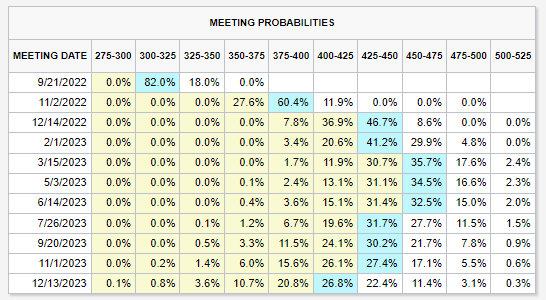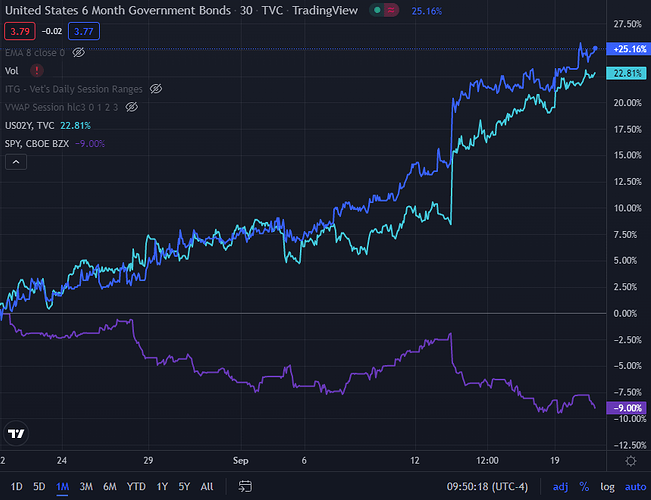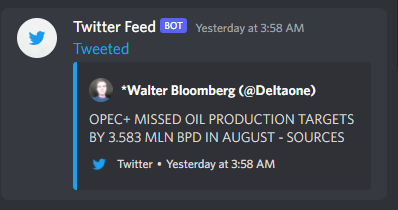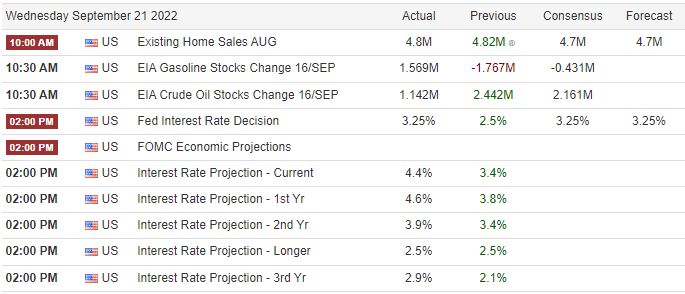I love the question and looking forward to hearing thoughts. Imo we have 2 main narratives driving the market. One inflation, and two the real economy. Inflation and the economy are ofcourse both intertwined and the fed speaks to both narratives but sometimes I think the inflation narrative is a little too loud. Inflation at this scale isnt a one off random phenomenon that just needs to be fixed by the fed.
Is it the bottom yet? What the hell is taking so long?
The problem is J Pow, even on his best day is not the center of the financial universe and with respect, is tasked with mission impossible. Nobody knows how this ends.
What we do know is inflation, most especially todays inflation is a result of 200+ central banks policy over the last 50 years, the entire worlds spending, saving, borrowing behavior for the same time period. The worlds resources and how abundant they are, governments laws and trade agreements, labor, wages, productivity, demographics, sustainability, geopolitical tensions, etc. The inflation we see today is a worldwide problem and not for what it does to the share price of AAPL, but the punishing effects it has on the majority of the worlds population but most especially in lower financial classes. For some this means short term pain in the form of recession and the “tough times” it brings. For others it means a complete collapse. Like not knowing where your next meal is going to come from because your country stopped getting imports of food fucking collapse. This is already happening btw. The US dollar being the worlds reserve currency means, if we are feeling pain from inflation, every country that is pegged to our dollar feels it also, but worse. Nearly all the central banks banks around the world made similar monetary policy descisions the last decade.
The point is, people will start to realize that inflation is no longer the “main problem” in this mysterious conundrum we find ourselves in. Inflation sits on top of the economy. You can have a weak economy without inflation, we just happen to have both extremes at the same time, both feeding eachother. J Pow is not our savior in this. J Pow and friends make descisions using lagging indicators like unemployment and CPI while they are making sensitive changes that wont be “felt” in the real economy for 6-8 months.
If we take out the fedtalk and theatrics and just assume they are going to hike at some level for at least the next few months, which is expected. Then that means even if they cut rates in Jan 2023, the actual accommodating effects of those cuts wouldn’t be felt in the real economy for 6-8 months after. Thats June - August 2023 at the earliest.
So from a macro lens, what would the world economy in this example look like in August 2023 if we are in restrictive money territory until then? Whose pricing this in? What are the fundamentals telling us? What are earnings going to look like at least 4 quarters from now? What will equity prices look like then?
The next narrative sentiment wise is hard to judge. I say that because I dont think biden has much credibility, and J Pow’s becomes more and more threatened with every passing month. As more Fedex type news comes out I believe the direction and narrative of the market shifts back to the economy and how bussinesses are actually doing and valued. Yes, recession talk, but getting ahead of what that actually means.
Unemployment, defaults, store closings, bankruptcies, societal challenges, etc.
Mich Sentiment data tomorrow is a fantastic indicator for these questions, I wouldnt expect much market reaction from it, but still worth a read. The number everyone tracks is good but actually dive into it, it will show you how normal everyday Americans are feeling about the economy.



